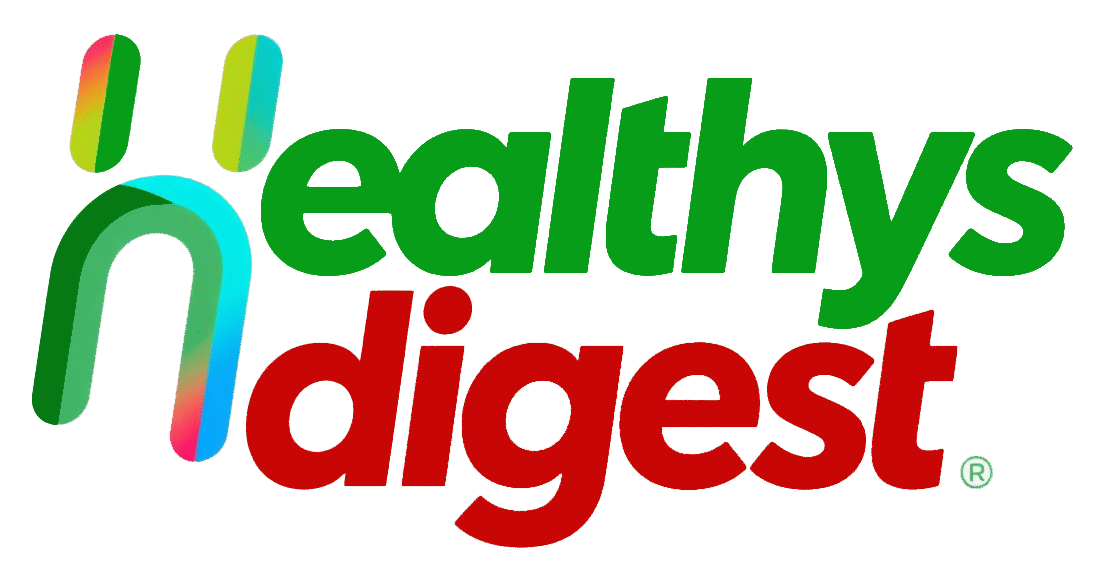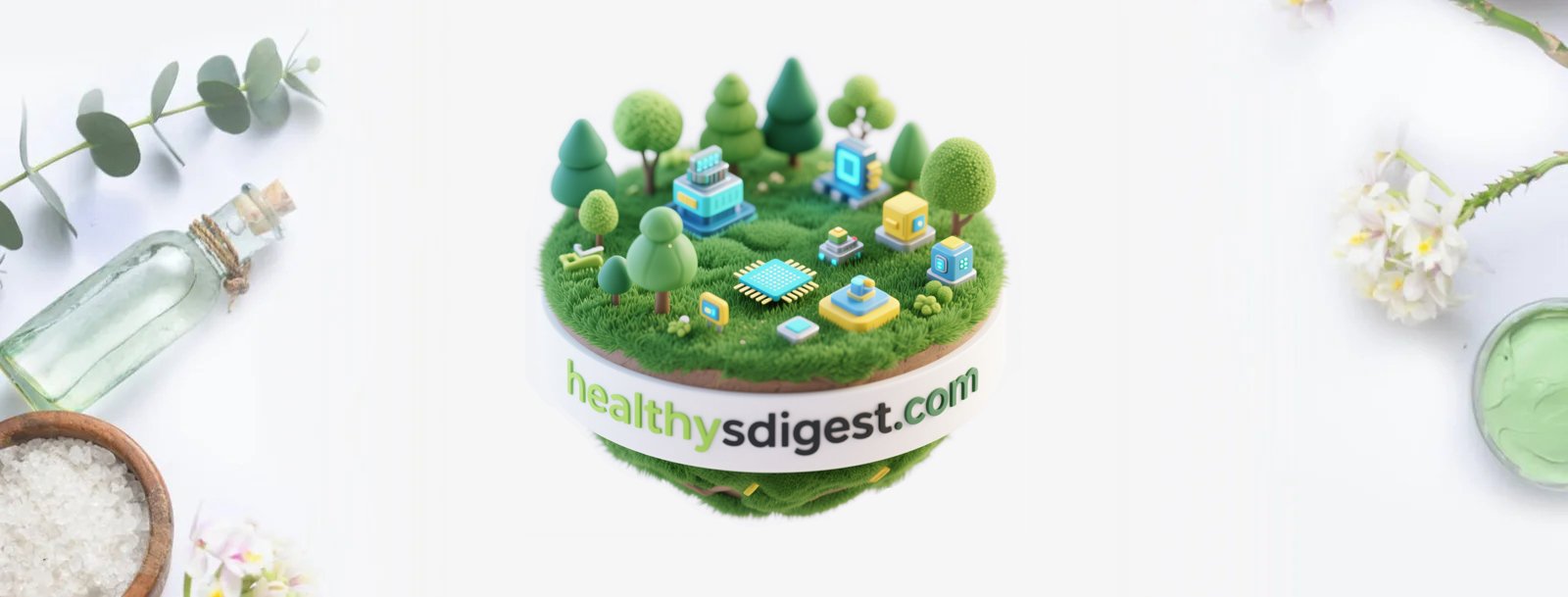What does biohacking mean?
Biohacking is a concept that many people use to describe various small actions or modifications that one can adopt to enhance their health. It covers a range of practices, from straightforward activities like dedicating five minutes to deep, controlled breathing, to more intricate—and debated—methods such as self-DNA modification.
Our focus here isn’t on altering your DNA; instead, we are exploring various ways to “hack” your health for better wellness.
Different types of biohacking
To simplify your journey into DIY biology—the self-directed exploration of how your body functions—we have categorized biohacking strategies into three groups: actions you can take, items you can consume, and wearables. Here are practical examples from each category that you can start implementing today for improved mental and physical well-being.
Actions you can take
Intermittent fasting, or IF, involves restricting the time window during which you eat or even fasting for an entire day.
While many don’t enjoy limiting their food intake, IF focuses more on the timing of your meals rather than the quantity you consume. The benefits of fasting start to manifest after about eight hours, but they are most significant when an individual refrains from eating for 14 to 18 hours each day.
Though fasting may not be suitable for everyone, healthy individuals might want to consider IF due to its potential positive effects, which can include lower blood pressure, reduced resting heart rate, lower cholesterol levels, decreased triglycerides, improved glucose and insulin levels, and temporary increases in human growth hormone and red blood cell production, all of which can help with muscle recovery and overall health.
Items you can consume
Nootropics, commonly referred to as “smart drugs” or “cognitive enhancers,” have been utilized for centuries, but ongoing research continues to uncover their effectiveness and potential in health enhancement.
Originally, the term referred to specific synthetic medications aimed at treating conditions like Alzheimer’s or ADHD, but it has since expanded to include natural substances (such as ginkgo or ginseng, as well as coffee and tea) traditionally believed to boost cognitive function.
To proactively enhance your health today, consider intentionally drinking coffee. A comprehensive review of over 250 meta-analyses highlighted consistent health benefits from consuming up to three cups daily, including a lower risk of cardiovascular disease and certain cancers, along with benefits for neurological, metabolic, and liver health.
Wearables
Biofeedback wearables encompass devices like smartwatches that monitor heart rate and variability, calorie burn, and sometimes blood oxygen levels. Some brands have advanced this technology into clothing such as shirts, pants, sports bras, and even socks.
These wearables not only provide similar data as smartwatches but also track breathing patterns and muscle contraction intensity—insight that can improve workout effectiveness and reveal patterns in daily activities that may contribute to chronic pain or injuries. There are even devices designed to track mood, stress, brain activity, and cognitive performance.
A harmonious relationship with nature
Biohacking and natural health complement each other seamlessly. Many of the minor changes at the core of biohacking are inherently natural and organic. Besides the more extreme and invasive aspects of biohacking, like implanted technologies and blood transfusions, biohacking aligns closely with principles of natural health.
Most immediate changes you can implement are either low-cost or free. Adjustments such as modifying your diet, engaging in meditation, exercising and stretching, taking ice baths, and incorporating natural health supplements into your routine are all effective ways to biohack your way to improved health.
Is biohacking ethical?
Is it ethical to take something you need to survive, like stealing bread for a hungry family? Individual ethical beliefs can vary widely based on context. To make this more relatable, let’s consider it in a regulated environment: the world of competitive sports, particularly cycling.
“Blood doping” involves taking an athlete’s blood, storing it, and then reinfusing it before a competition, boosting the oxygen flow to muscles and enhancing performance. This practice is prevalent in cycling but is illegal in competition.
While the act of reinjecting your own stored blood may fall under biohacking, its ethical implications are firmly context-dependent.
Is biohacking legal?
While the ethical dimensions of biohacking can be contentious, what about its legality? In a clinical context, guided by professionals, gene editing offers possibilities to enhance specific genetic traits and address deficiencies through changes to one’s genetic makeup.
You can find DIY gene-editing kits available online, alongside countless “how-to” videos on platforms like YouTube. However, think of this as akin to purchasing potent substances from an unknown dealer—how much trust do you place in someone you haven’t met?
California has become the first jurisdiction in North America to regulate this practice, with a law enacted in January 2020 that prohibits the sale of CRISPR gene therapy kits without explicit warnings about their safety for self-administration. It’s a start, although it’s important to remember that even commonplace items like coffee cups and cigarette packs carry health warnings. Proceed with caution.
What defines biohacking?
Simply exercising, stretching, or embarking on a new diet based merely on what you read on a social media post from someone claiming to be a “doctor” doesn’t inherently qualify as biohacking.
True biohacking requires understanding the complexities of human biology, purposefully implementing interventions, attentively observing biological responses, and adjusting your strategies accordingly. Be deliberate with your health choices rather than passively going along for the ride!
Biohacking towards longevity in 10 minutes or less
Life is about adjusting odds. To increase your chances of a longer, healthier life, here are three scientifically-supported practices you can adopt today:
Get mindful
You don’t have to commit to extensive meditation or live in solitude to benefit from it. A brief session of mindful breathing with an emphasis on positive thoughts to kickstart your day can significantly impact stress, anxiety, and pain management.
Take a supplement
A 2020 study highlights that many in the US (and likely similar trends exist in Canada) are lacking in key nutrients:
- 15 percent are deficient in zinc
- 45 percent in vitamin A
- 46 percent in vitamin C
- 84 percent in vitamin E
- 95 percent in vitamin D
If you suspect your diet is lacking, taking a reasonably priced complete multivitamin/multimineral once a day can serve as good insurance to enhance your long-term health.
Ease inflammation with CBD gel
Chronic inflammation can lead to joint degeneration, which may result in painful osteoarthritis. Topical application of cannabidiol (CBD) gel, derived from cannabis, has shown a significant reduction in joint inflammation in studies involving rats.
If you experience joint pain, it’s worth noting that cannabis can serve as an effective medicinal option for managing long-term discomfort, beyond its recreational uses.






